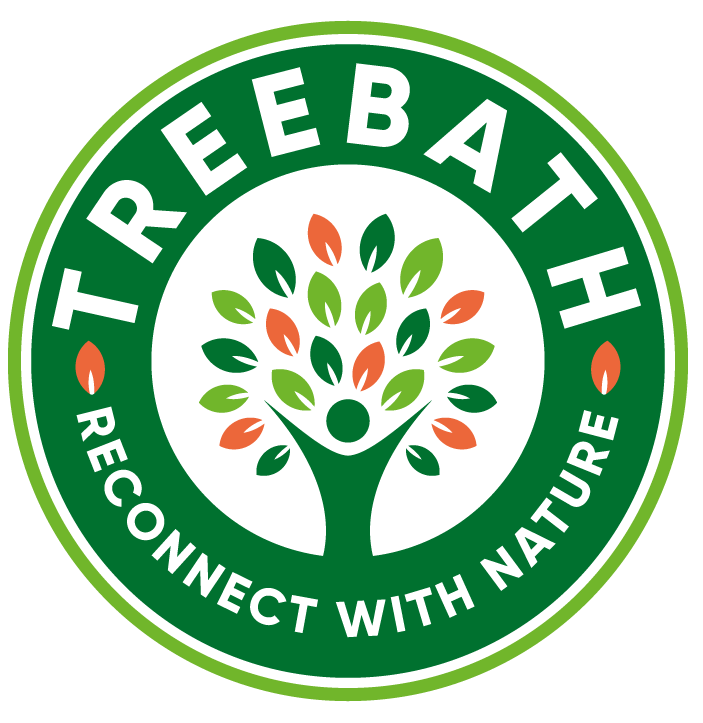Making Mindful Moments
‘What is mindfulness?’
‘Mindfulness in action’
‘The benefits of mindfulness’
‘Mindfulness based stress reduction’
If you google the term ‘mindfulness’ you’ll get a whopping 454 million results delivered to your screen in less than a second. Because mindfulness is a term we hear a lot about nowadays, but what does it really mean? Well my friend, if you’re looking for answers to what mindfulness is, how it benefits you, and how to practice it, read on! We’ll be covering this important topic in depth in this coming post.
What is mindfulness?
According to Mindful.Org, mindfulness is “the basic human ability to be fully present, aware of where we are and what we’re doing, and not overly reactive or overwhelmed by what’s going on around us.”
Putting that into even simpler terms, mindfulness means being consciously aware of and present in the moment. You can be mindful of many things, including but not limited to: your bodily sensations, your thoughts and feelings, your surroundings, and even your interactions with others. So mindfulness really means to consciously ask yourself to be aware of the present moment- simple, right?
The history of modern mindfulness
Although mindfulness has shot to popularity in recent years, it’s actually a very old school of thought, dating back 2500 years ago to the conception of Buddhist philosophy.
It was only recently that the philosopher Jon Kabat-Zinn introduced the mindfulness we know today to the Western world by founding the Center for Mindfulness at the University of Massachusetts Medical School and the Oasis Institute for Mindfulness-Based Professional Education and Training. It was in 1979 that Kabat-Zinn developed his Mindfulness-Based Stress Reduction (MBSR) program, an eight-week program aimed at reducing stress, and a key player in the introduction of mindfulness to the Western world.
What are the benefits of mindfulness?
The benefits of mindfulness have been well documented since Kabat-Zinn’s introduction of this practice in the late 20th century. Mindfulness has been proved to have all-encompassing benefits that together enrich your overall wellbeing. Some of these benefits include reduced stress levels, lowered blood pressure, alleviation of chronic pain, improved sleep, improved memory, better emotional regulation, and treatment of mental health disorders such as depression and anxiety.
Furthermore, people who practice mindfulness on a regular basis have claimed that their practice not only benefits their individual health, but the health of their interpersonal relationships also; those who tried the practice of Mindfulness Based Relationship Enhancement (MBRE) stated after the study that the program increased their acceptance and awareness, deepened connections with their partners, and led them to be more confident about becoming parents.
How can I be more mindful?
Thankfully, it’s easy to incorporate mindfulness into your daily life! You could journal about your day, do a Treequility meditation, spend more time in nature, or simply focus on one task at a time- all of these are basic ways of maximizing mindful moments.
We like simplicity here at Treebath, and one of our favorite ways to practice mindfulness during the day is with a mindful eating meditation. We’ve included a simple one below, so try it out at your next meal to engage your 5 senses in turn, and to feel the waves of mindfulness washing over you in seconds!
Mindful Eating Meditation
As you enjoy your next meal or snack, ask yourself these basic sensory questions to bring each of your senses into the present for a more mindful meal:
👀 How does your food look on your plate? What colors can you see? Are they all the same shade, or can you see separate hues within one color?
👃 How does your food smell? Sweet? Salty? Strong? Subtle? Do you think the taste matches the smell? Does the aroma wafting up to you evoke any memories?
👂 When you cut into your food, how does it sound? Is it a crispy cutting noise, or does it easily slice through with a gentle swish?
🖐️ When you lift the food into your mouth, let it simply sit on your tongue for a second. How does the food feel in your mouth? Is it warm? Cool? Soft? Hard? Can you feel different textures or does everything feel the same?
👅 Without chewing, how does your food taste? Does it taste like you imagined it would? What flavors are being unleashed within your mouth? If you chew, or roll the food around with your tongue, does the flavor profile change along your palate?
Sit for a moment before your next mouthful to slowly chew and swallow your food, digesting the experience also. How did you find that? Were you surprised at how your all your sense could be ignited so easily?
We hope you enjoy making moments mindful, and that you too can reap the benefits of this miraculous practice! Let us know how you get on with your mindful eating meditation, and how you incorporate mindful moments into your daily life by commenting below or sending an email to youmatter@tree-bath.com - we can’t wait to hear from you!
